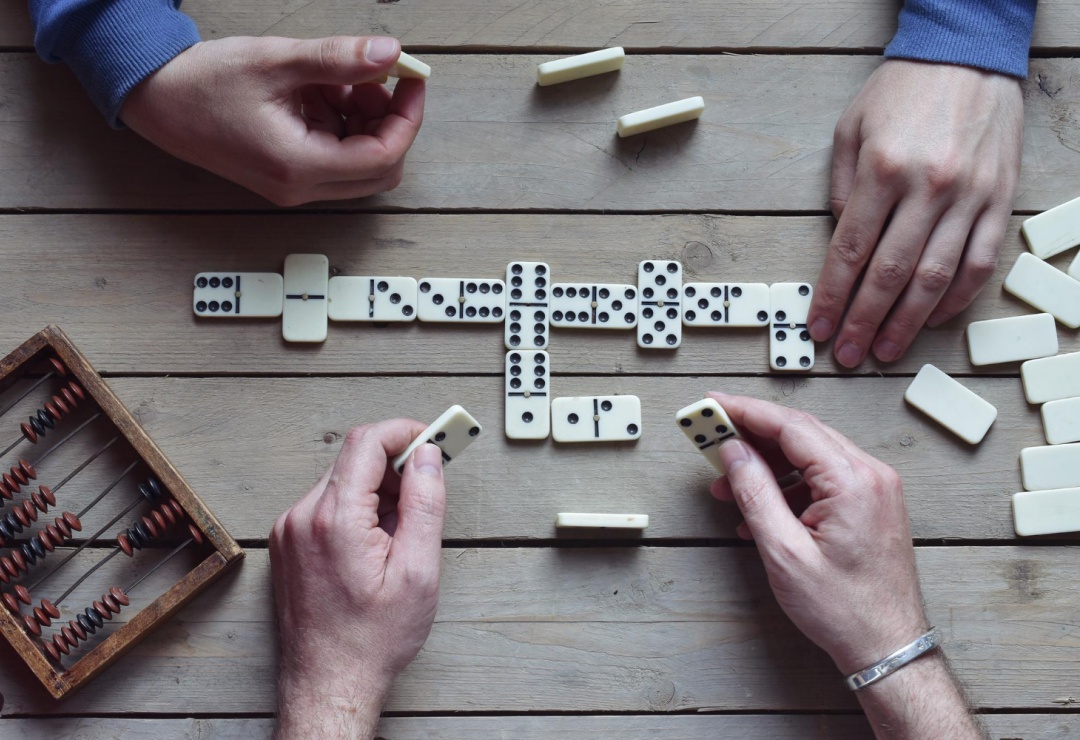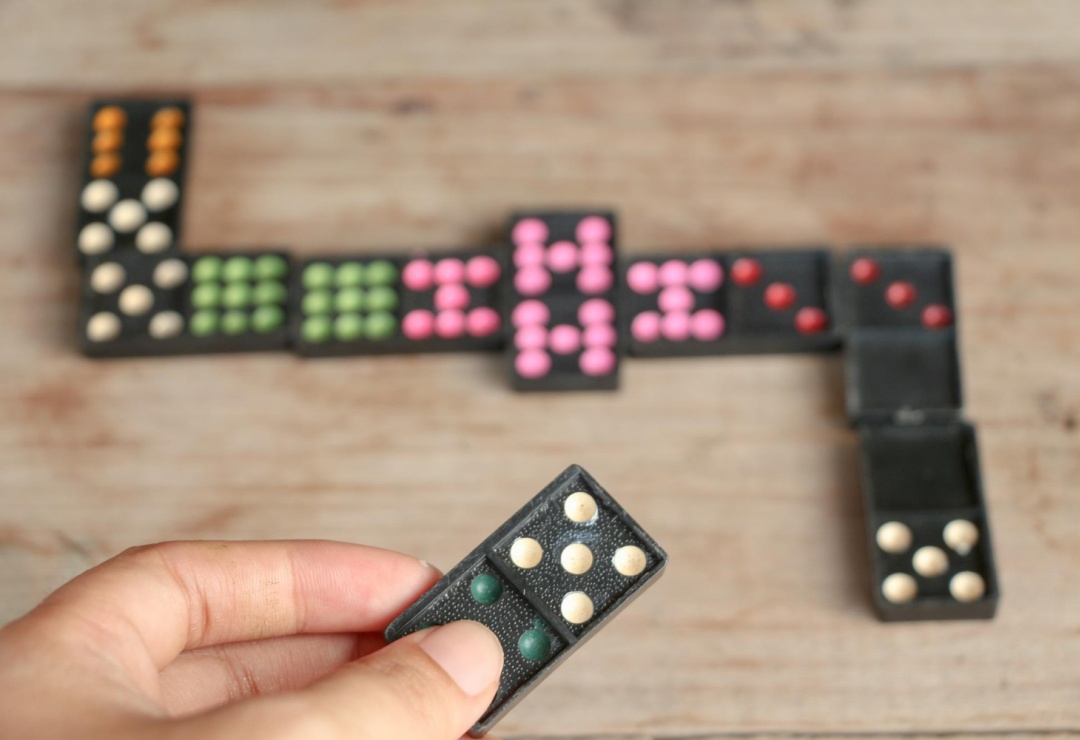How Many Tiles Are Dealt in Dominoes?
Dominoes is one of the most popular and traditional board games in existence, with a history that dates back over a thousand years in China. However, one of the most frequently asked questions is precisely how many pieces are dealt in dominoes, as this varies depending on the game and the number of players.
Dominoes And Its Tiles
Dominoes is one of the most emblematic and versatile board games in history, with a tradition dating back several centuries. This legendary game has transcended borders and generations, becoming an essential part of recreational culture in numerous countries.
Traditional domino tiles are small engineering works, generally manufactured in synthetic material or resin, although they were formerly made of ivory, bone, or noble woods. Each rectangular piece is divided into two squares, marked with dots representing numerical values. The classic set includes values from zero (blank) to six, creating all possible combinations between these numbers.
How Many Tiles Are Dealt in Dominoes
The distribution of tiles in dominoes follows specific rules that vary according to the game mode and number of participants.
Dominoes for Two Players
In this traditional mode, each player receives exactly seven tiles at the start of the game. The remaining fourteen tiles form the boneyard, from which players can draw when they don't have a valid tile to place. This distribution system maintains a perfect balance between available strategic options and game duration.
Three-Player Games
For this format, there are two main distribution variants. In the first, each player receives nine tiles, after previously removing the double blank tile from the game. In the second variant, more common in tournaments, seven tiles are dealt to each player, leaving the remainder in the boneyard.
Four-Player Games
The standard distribution consists of five tiles per player, keeping eight tiles in the boneyard. This distribution ensures dynamic and exciting games where strategy becomes especially relevant.
Special Distribution Considerations
The starting system deserves special attention. Traditionally, the player with the highest double begins. In the absence of doubles, whoever has the tile with the highest total score starts. Turns continue counterclockwise.
The drawing procedure constitutes another crucial element. When a player cannot place any tile, they must draw from the boneyard until finding a valid play. If the boneyard is exhausted, the player loses their turn.
Regional Variants and Their Particularities
In different regions, there are significant variations on how many tiles are dealt in dominoes. For example, in Cuba, depending on the region, different sets of tiles are used: the traditional 28 pieces in the eastern zone, and the double-nine with 55 tiles in the central and western regions.
Strategies According to Initial Distribution
The initial distribution decisively influences the strategy to follow. With seven tiles, players can develop more elaborate plans and maintain better control over the tiles in play. With five tiles, tactics must be more adaptive and reactive to opponents' plays.
Scoring and Victory System
The number of tiles dealt also affects the scoring system. In two-player games, traditionally played up to 50 points. In games with three or more participants, the goal usually rises to 100 points.
Technical Aspects of Distribution
The distribution process must be done with the tiles face down, mixing them adequately before distributing. If during the initial distribution a player receives four or more doubles, it's considered a "loaded" hand and a new deal proceeds.
Special Distribution Modes
There are variants such as double-nine dominoes (55 tiles) or double-twelve (91 tiles), where the distribution system adapts proportionally. In these cases, the number of tiles per player increases to maintain proportionality and game balance.
The number of tiles dealt in dominoes represents much more than just a number: it's the foundation upon which all game strategy is built. This system, perfected over generations, ensures balanced and exciting games, where initial luck combines with each player's strategic ability.
The Importance of a Good Deal
Deep knowledge of how many tiles are dealt in dominoes and their tactical implications marks the difference between a casual player and an experienced strategist. Each distribution mode offers its own challenges and opportunities, contributing to the rich diversity of this legendary game that continues to captivate millions of people worldwide.
Blog

How to Play Dominoes with 2 Players
Learning how to play dominoes with 2 players is an excellent way to experience this classic tile game. The one-on-one format creates an intimate battlefield where strategy meets skill, offering a per…

How to Play All Fives Dominoes: Game Rules
All Fives is one of the most popular variations of the traditional game of dominoes. This version offers an experience that combines classic elements with its own scoring system that encourages strat…











